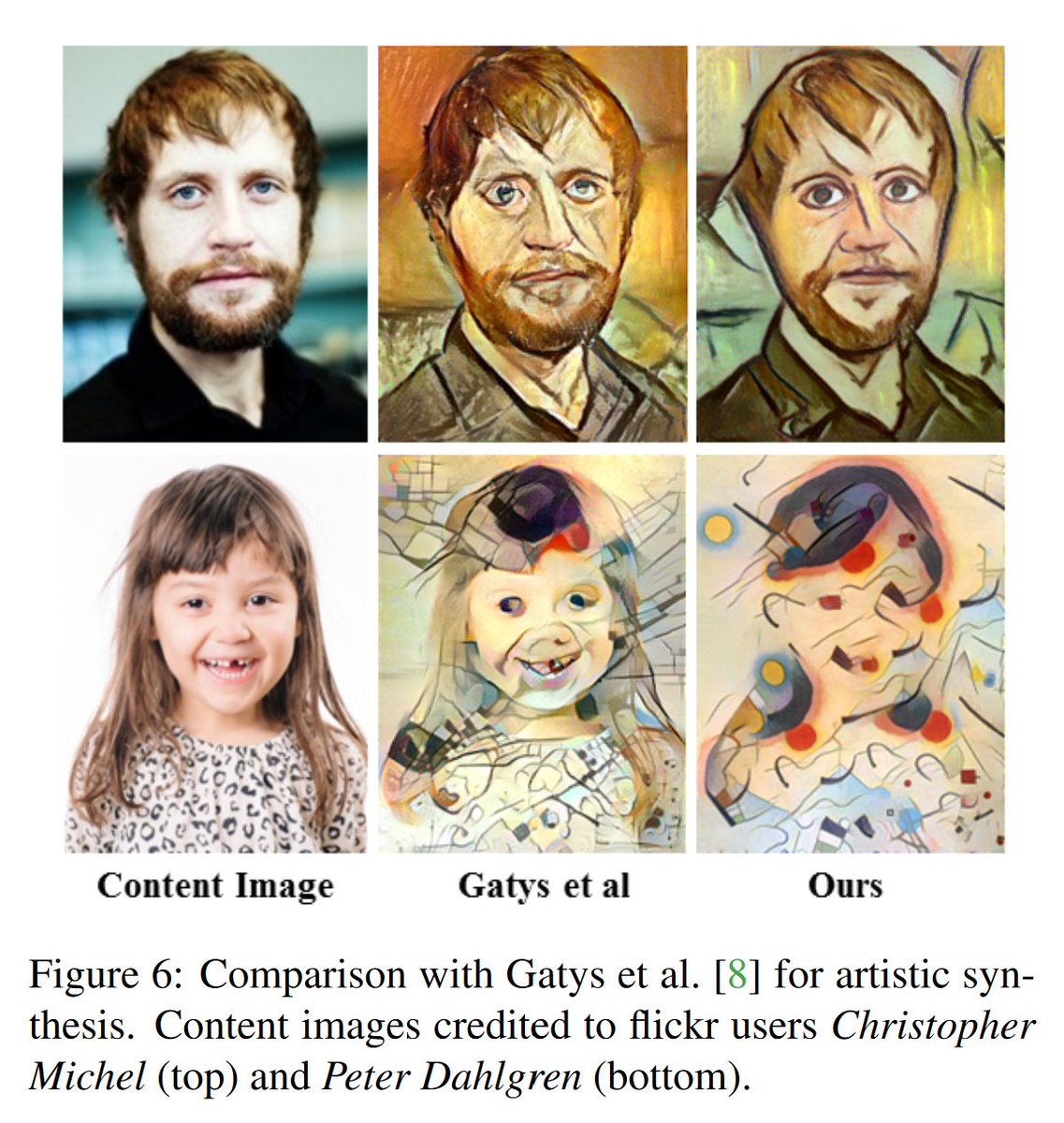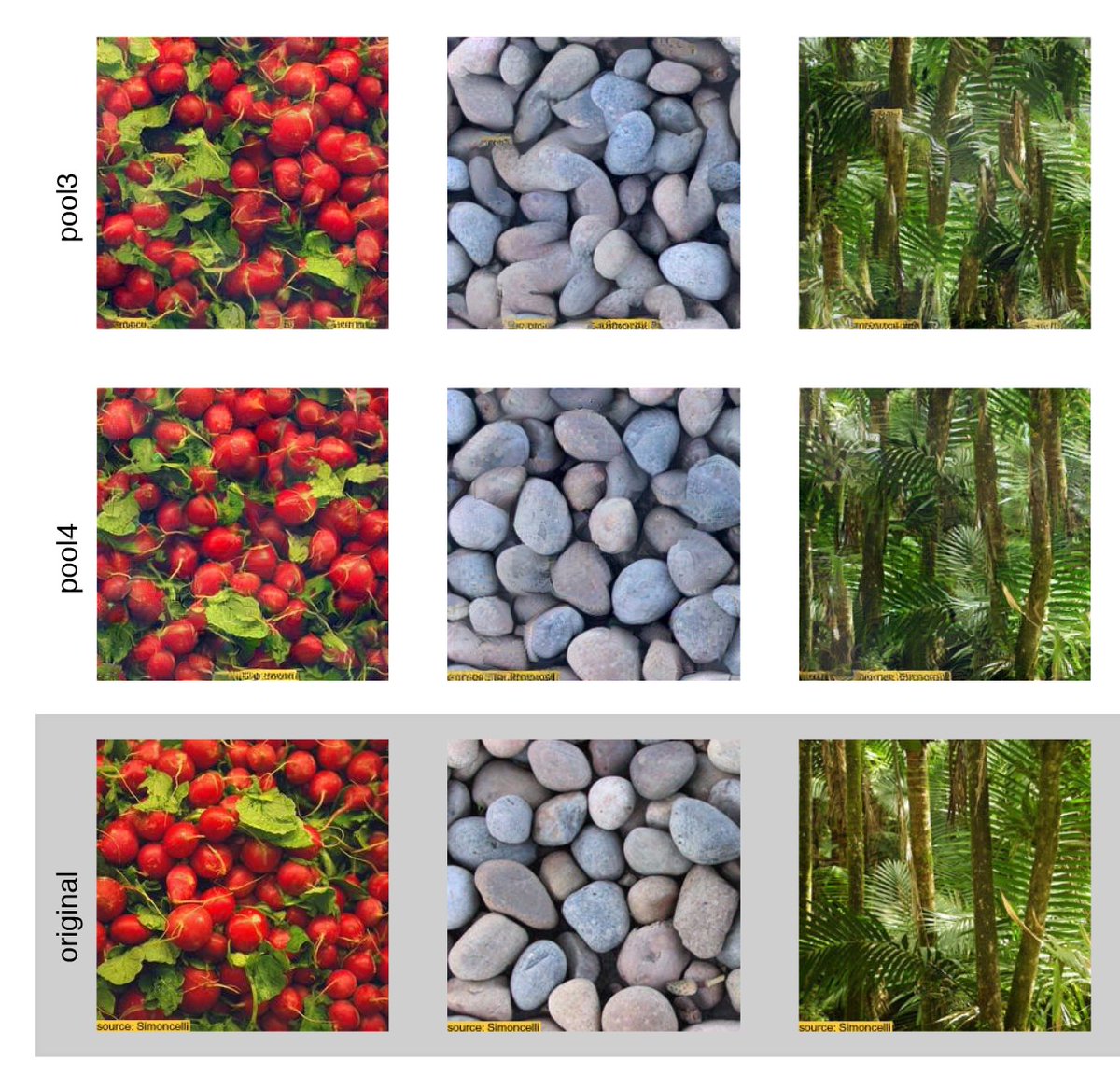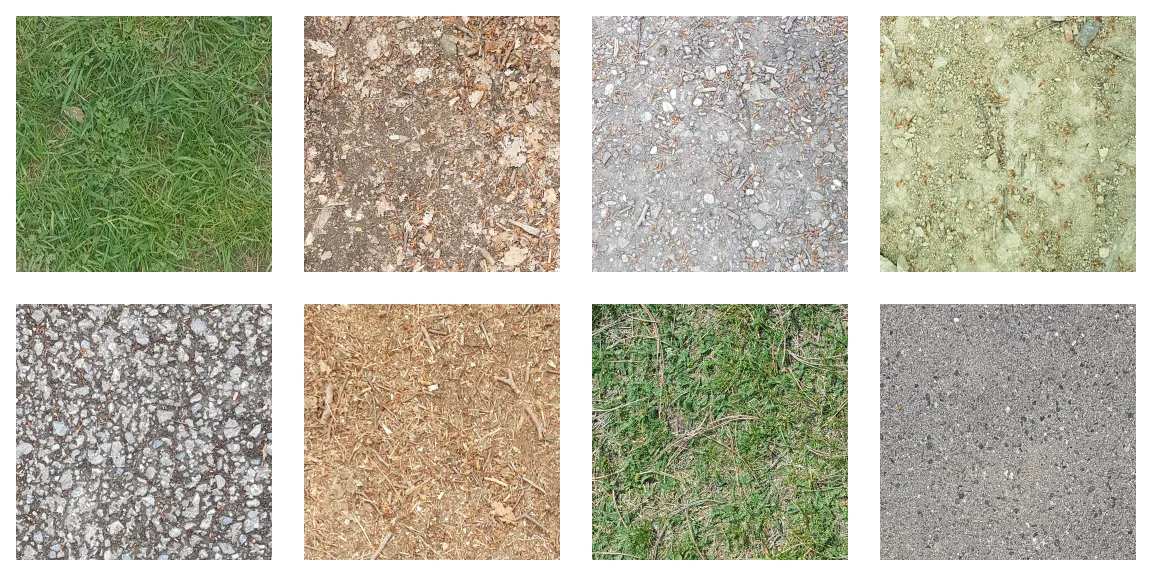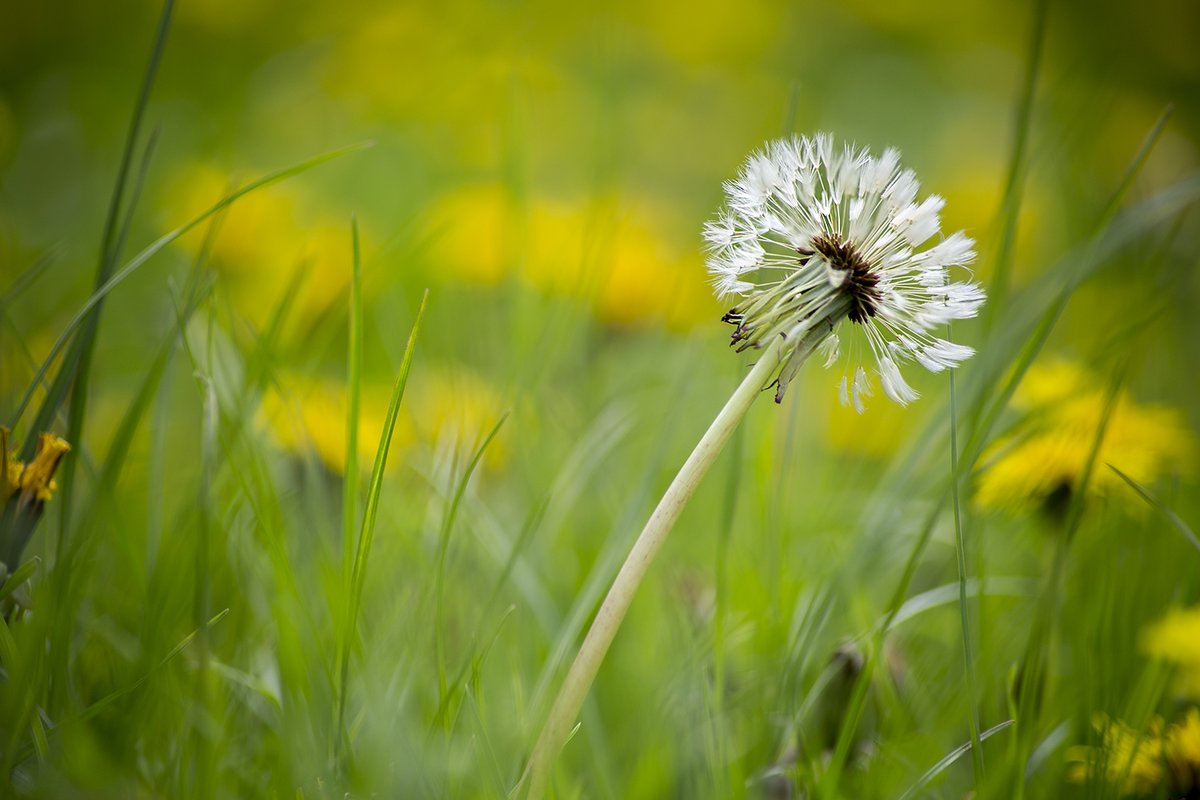An illustrated review & tutorial in a thread! 👇
📝 Combining Markov Random Fields & Convolutional Neural Networks for Image Synthesis
🔗 arxiv.org/abs/1601.04589 #ai


✏️ Beginner-friendly insight or exercise.
🕳️ Related work that's relevant here!
📖 Open research topic of general interest.
💡 Idea or experiment to explore further...
See this thread for context and other reviews:
✏️ As far as deep learning frameworks go, this code (matmult) "should" be simplest to write.
It looks like this:
(This is an old idea in texture synthesis, and you can still find it almost everywhere now.)
This one shows the L-BFGS optimizer blow up and recover. The CUDA implementation of L-BFGS is faster but apparently less reliable (WIP):
























